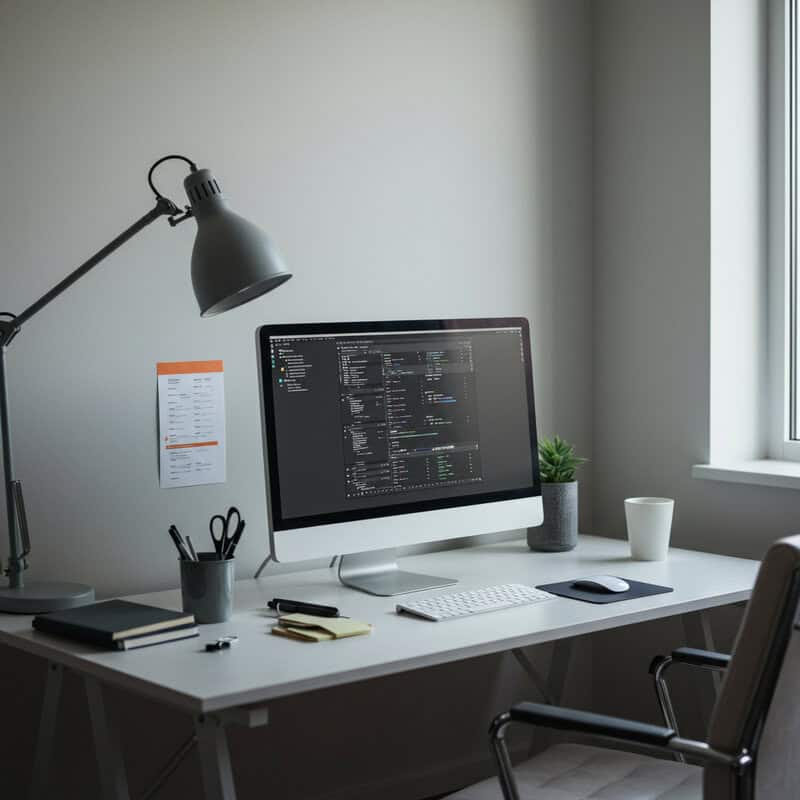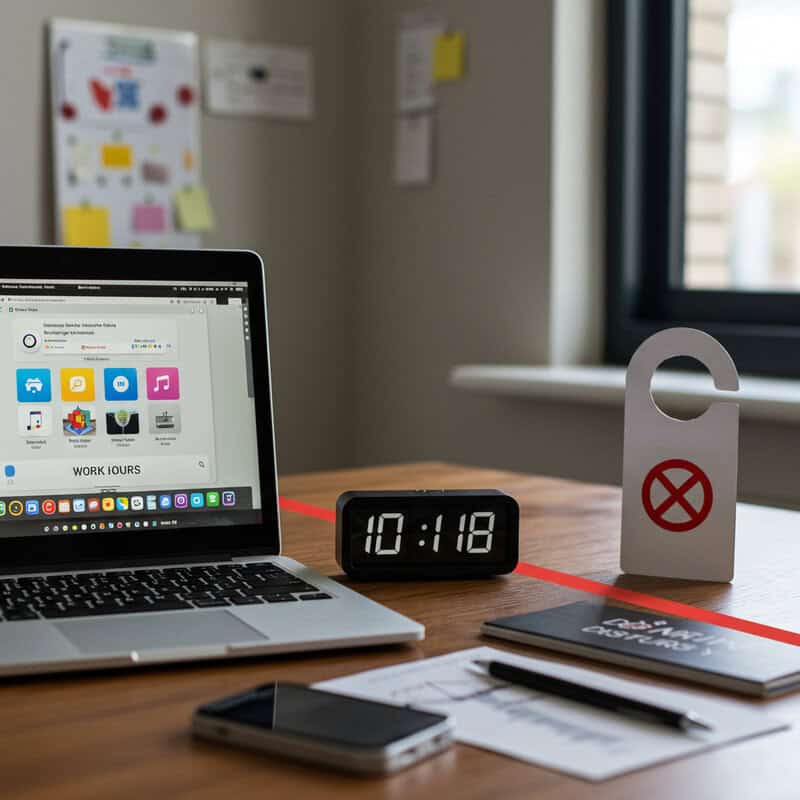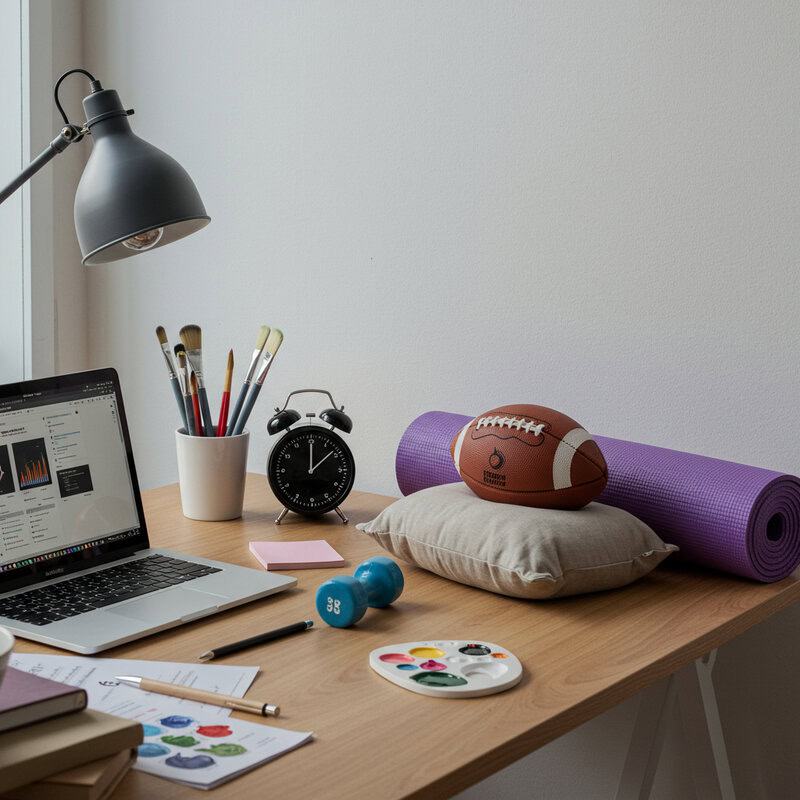The Illusion of Productivity

Multitasking often tricks us into believing we’re getting more done, but studies show it can actually decrease overall productivity and quality of work. This illusion stems from the constant switching between tasks, which interrupts focus and drains mental energy. To expose this hidden inefficiency, start by observing and recording your daily activities.
For one week, keep a log of what you’re doing throughout each hour, noting when you attempt to multitask. Reflect on how these moments affect task completion and accuracy. This self-awareness is the first step to breaking free from the multitasking trap. For more insights, explore the findings from APA and the research at NCBI.






